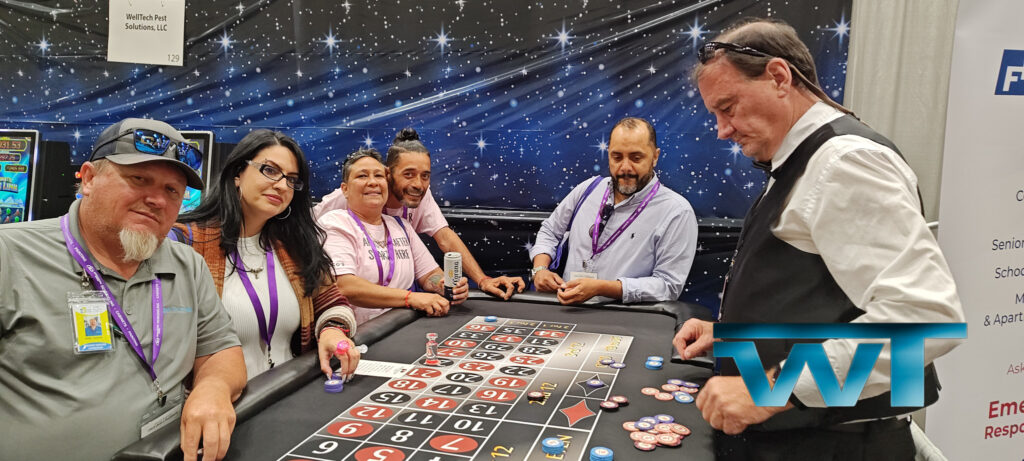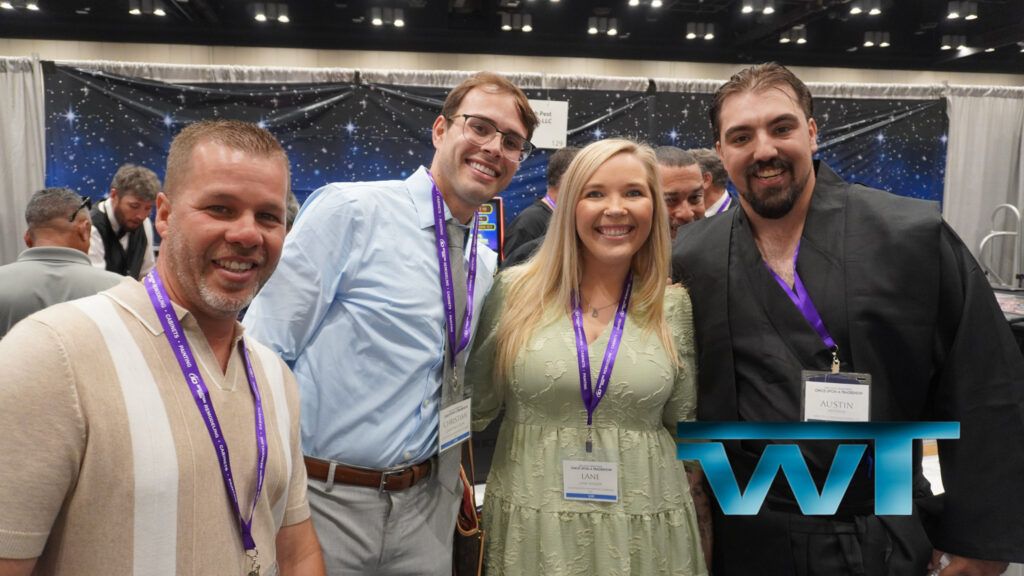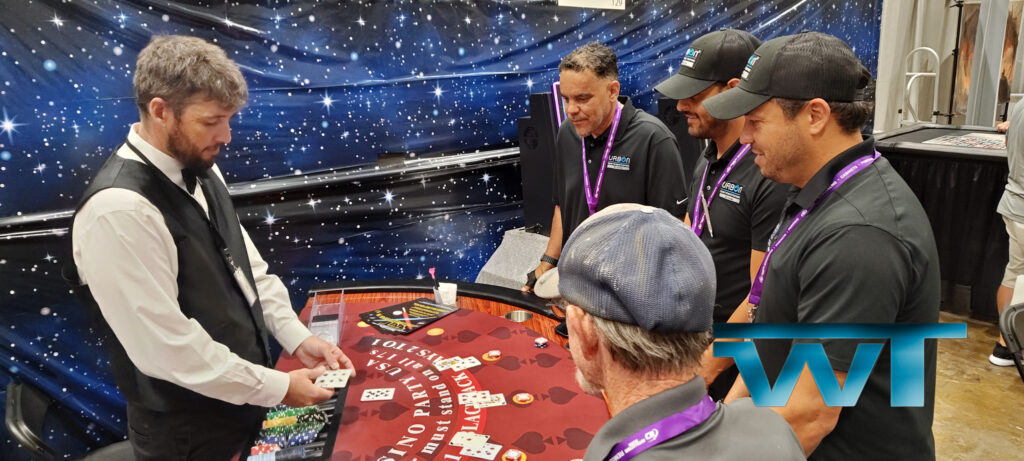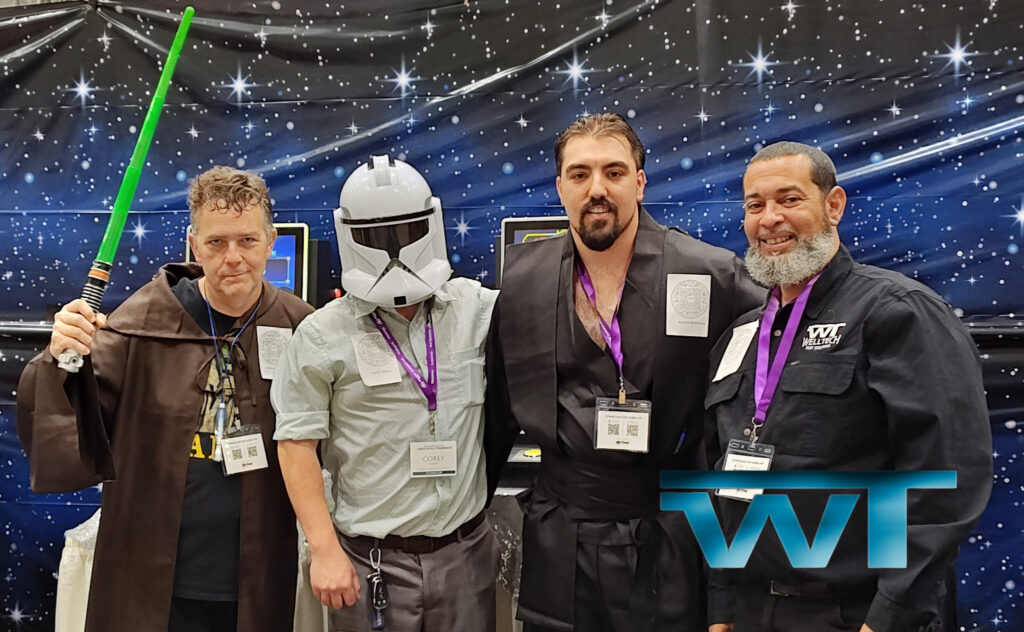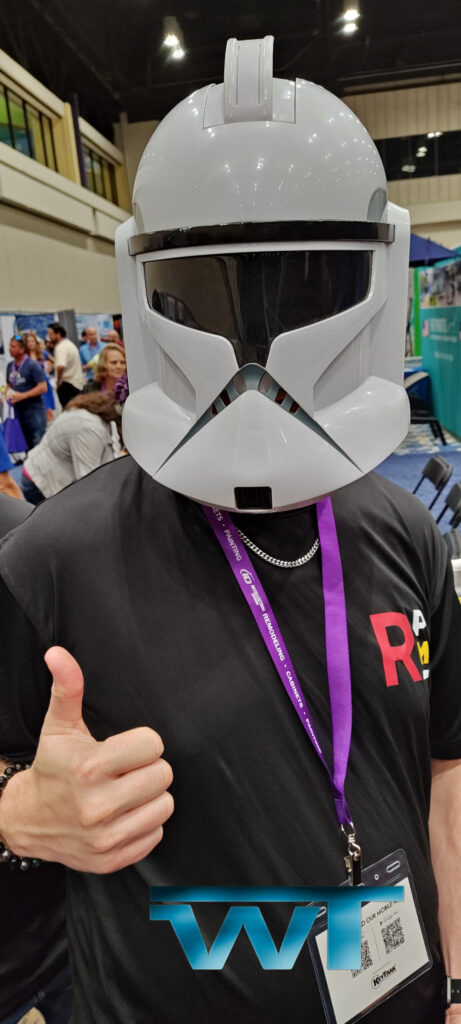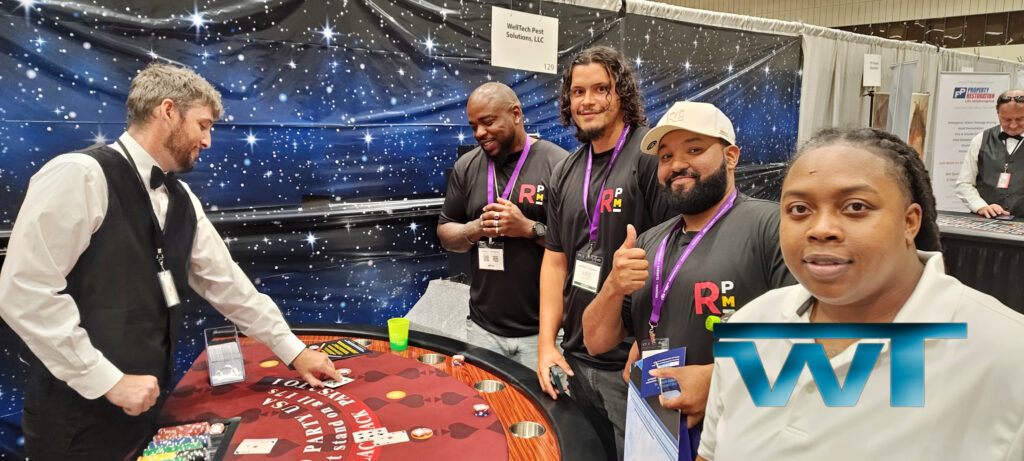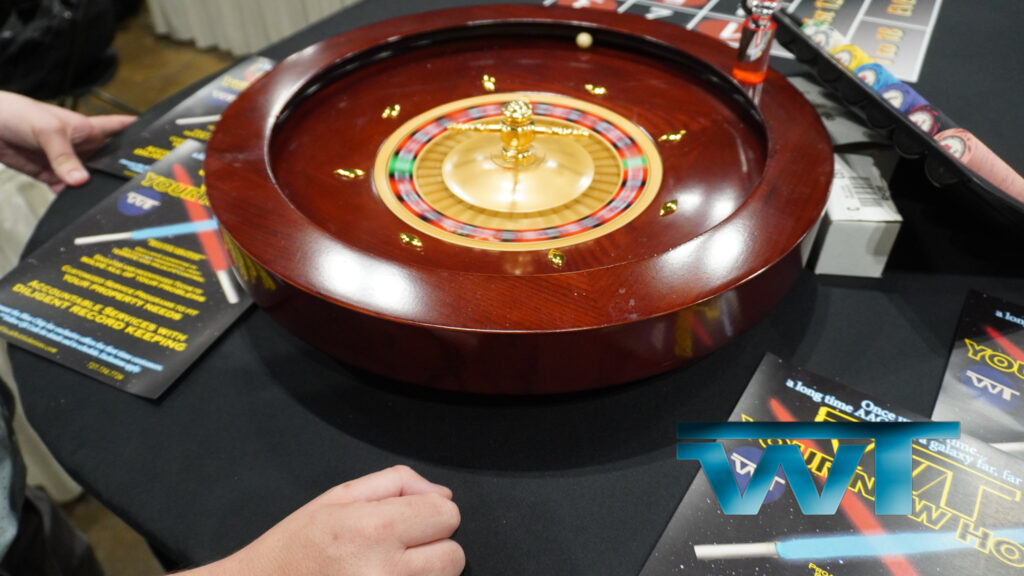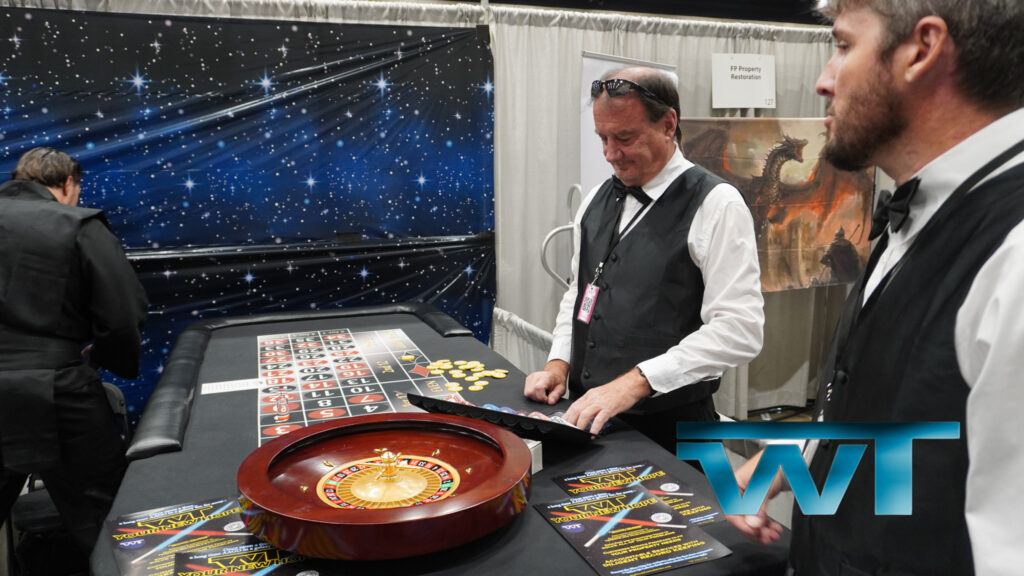Today, May 20th, marks World Bee Day, a global observance that resonates with urgency and celebration. This significant day honors the birth of Anton Janša, a Slovenian pioneer of modern beekeeping, and serves as a crucial reminder of the indispensable role bees and other pollinators play in sustaining life on Earth. Established by the United Nations in 2017, World Bee Day emerged from a growing awareness among beekeepers and activists regarding the alarming decline in bee populations worldwide. What began as a heartfelt recognition of a silent crisis has blossomed into a global movement, emphasizing the profound importance of these remarkable insects.
Bees are far more than just buzzing insects flitting from flower to flower; they are foundational to the health of our planet and the bounty of our dinner tables. An astonishing one-third of all the food we consume relies directly on pollination by bees. This includes a vast array of fruits, vegetables, nuts, and even beloved staples like chocolate and coffee. Without the diligent work of bees, our dietary options would be drastically limited and incredibly bland.
The world of bees is incredibly diverse, boasting over 20,000 known species. While the iconic honeybee often captures the spotlight, it’s important to remember that not all bees live in communal hives or produce honey. Many bee species are solitary, building their own nests in the ground or within tree cavities. Each species, whether social or solitary, contributes uniquely to the intricate web of pollination.
Honeybees, in particular, showcase a remarkable level of intelligence and sophistication. Their abilities extend to recognizing human faces, a testament to their cognitive prowess. Perhaps one of the most captivating aspects of their behavior is their elaborate communication system: the “waggle dance.” When a worker bee discovers a rich source of nectar, it returns to the hive and performs this intricate dance to convey precise information about the distance and direction of the food source to its hive mates—a miniature, living GPS system.
Beyond their communication skills, bees are also extraordinary engineers. The hexagonal structure of their honeycombs is a marvel of natural design. This geometric perfection is incredibly efficient, allowing them to store the maximum amount of honey using the least amount of wax. It’s no wonder that mathematicians and architects alike study bee design for inspiration, recognizing the inherent genius in nature’s blueprint.
Despite their vital contributions and fascinating attributes, bees are facing unprecedented challenges. Pesticides, habitat loss due to urbanization and monoculture farming, climate change, and various diseases have all contributed to a serious decline in bee populations globally. This decline poses a significant threat not only to our food security but also to the delicate balance of ecosystems worldwide.
However, there is good news amidst these concerns. We all have a role to play in protecting these essential pollinators. Simple actions, such as planting wildflowers and native plants in our gardens, avoiding the use of harmful chemical pesticides, and supporting local beekeepers who practice sustainable methods, can collectively make a significant difference.
Companies like WellTech are also stepping up to turn the tide and support bee conservation efforts. Recognizing the critical need to protect local bee populations, WellTech has implemented a proactive and bee-friendly approach. When bees establish colonies in multifamily properties, a situation that can often lead to extermination, WellTech intervenes with a compassionate solution.
Our teams undergo specialized training to become certified beekeepers, equipping them with the knowledge and skills necessary to safely and humanely remove bee colonies. Rather than harming these valuable insects, WellTech works diligently with local farmers or beekeepers to rehome these wayward bees, providing them with a safe and suitable environment where they can thrive and continue their essential work. This commitment to safe removal and rehoming exemplifies a growing trend of corporate responsibility in environmental stewardship, demonstrating that businesses can be powerful allies in the fight to protect our planet’s vital pollinators.
Today, on World Bee Day, let us not only celebrate the incredible contributions of bees but also renew our commitment to their protection. By understanding their importance, appreciating their remarkable abilities, and taking concrete steps to support their survival, we can ensure that future generations continue to benefit from the tireless work of these tiny, yet bee-utiful-dutiful, creatures.
#worldbeeday; #beelove; #beefriendly; #savethebees; #beeteam; #multifamilyresidential; #multifamilymanagement










